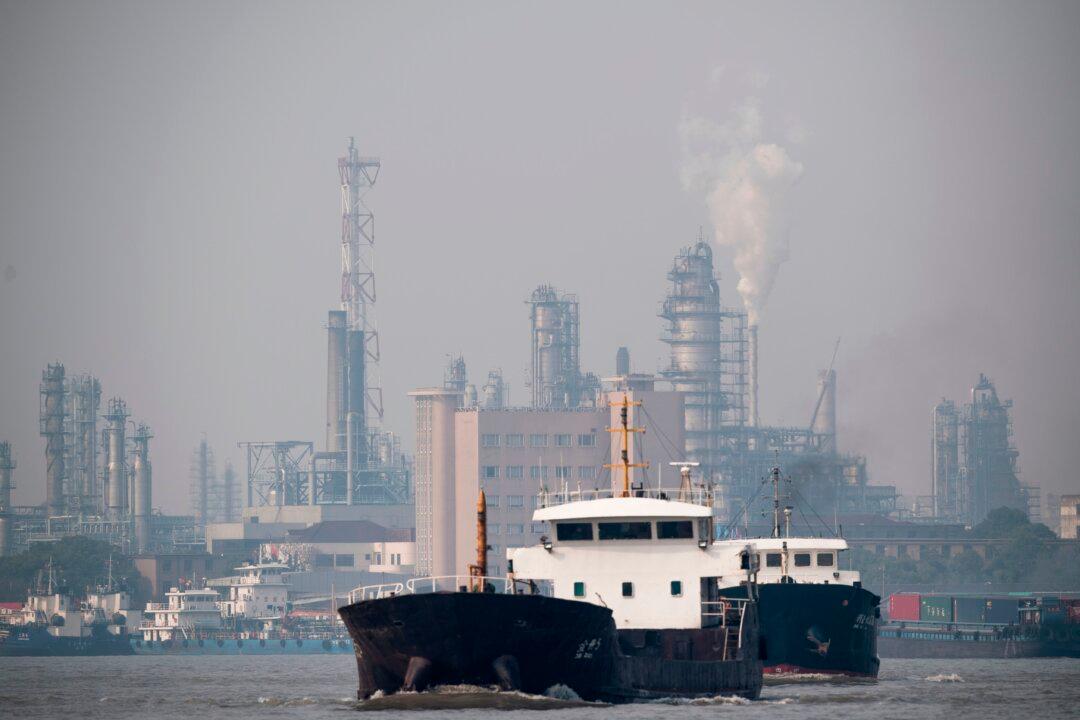An investigation found that the amount of a toxic petrochemical that spilled into a harbor earlier this month in eastern China’s Fujian province was 10 times greater than initially reported.
Meanwhile, residents of Quangang, where the incident occurred, say that local authorities and the company involved in the spill of C9 aromatic hydrocarbon have refused to compensate them for losses incurred by the local fishing industry. Fishermen fear for their business prospects over the next two years.




